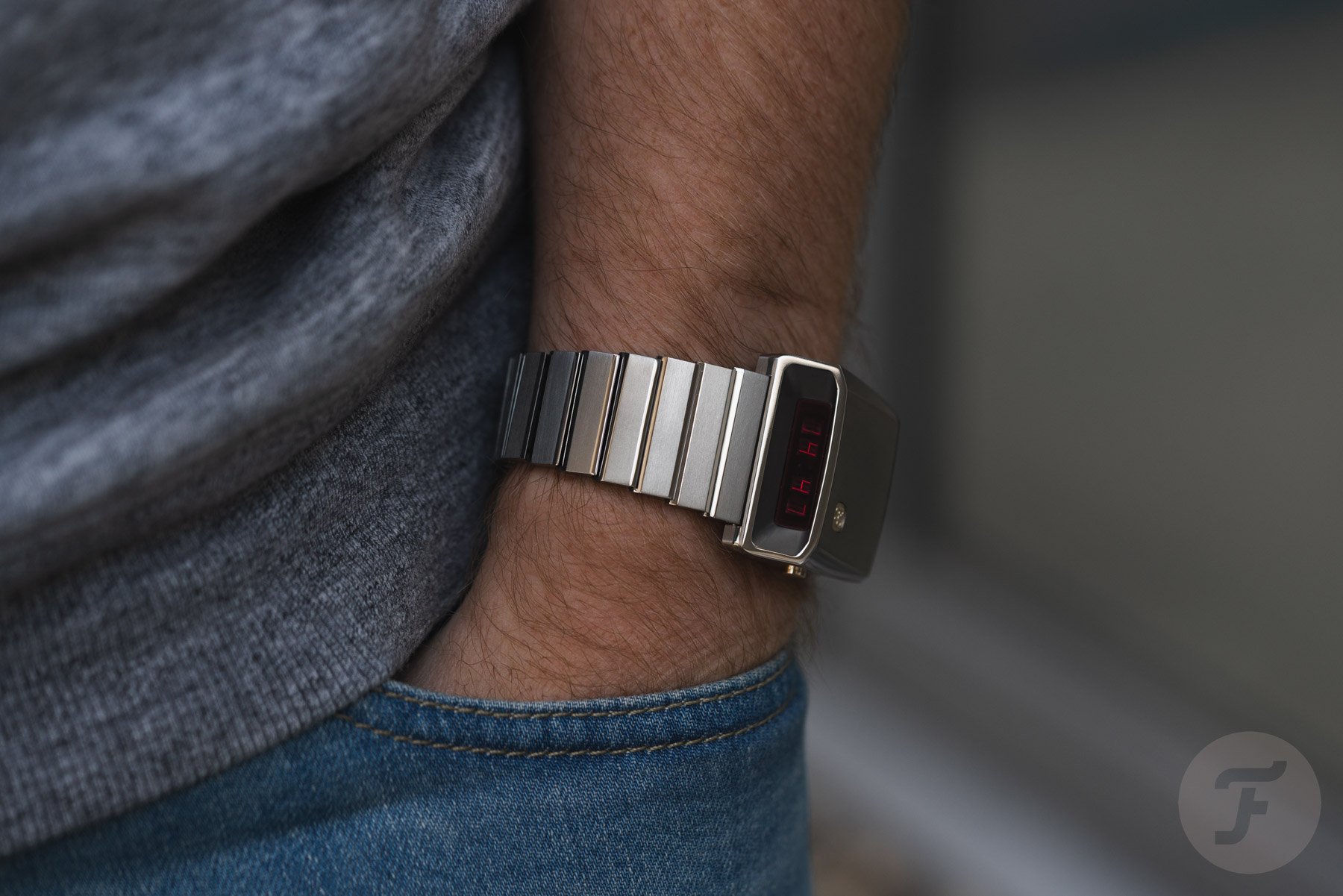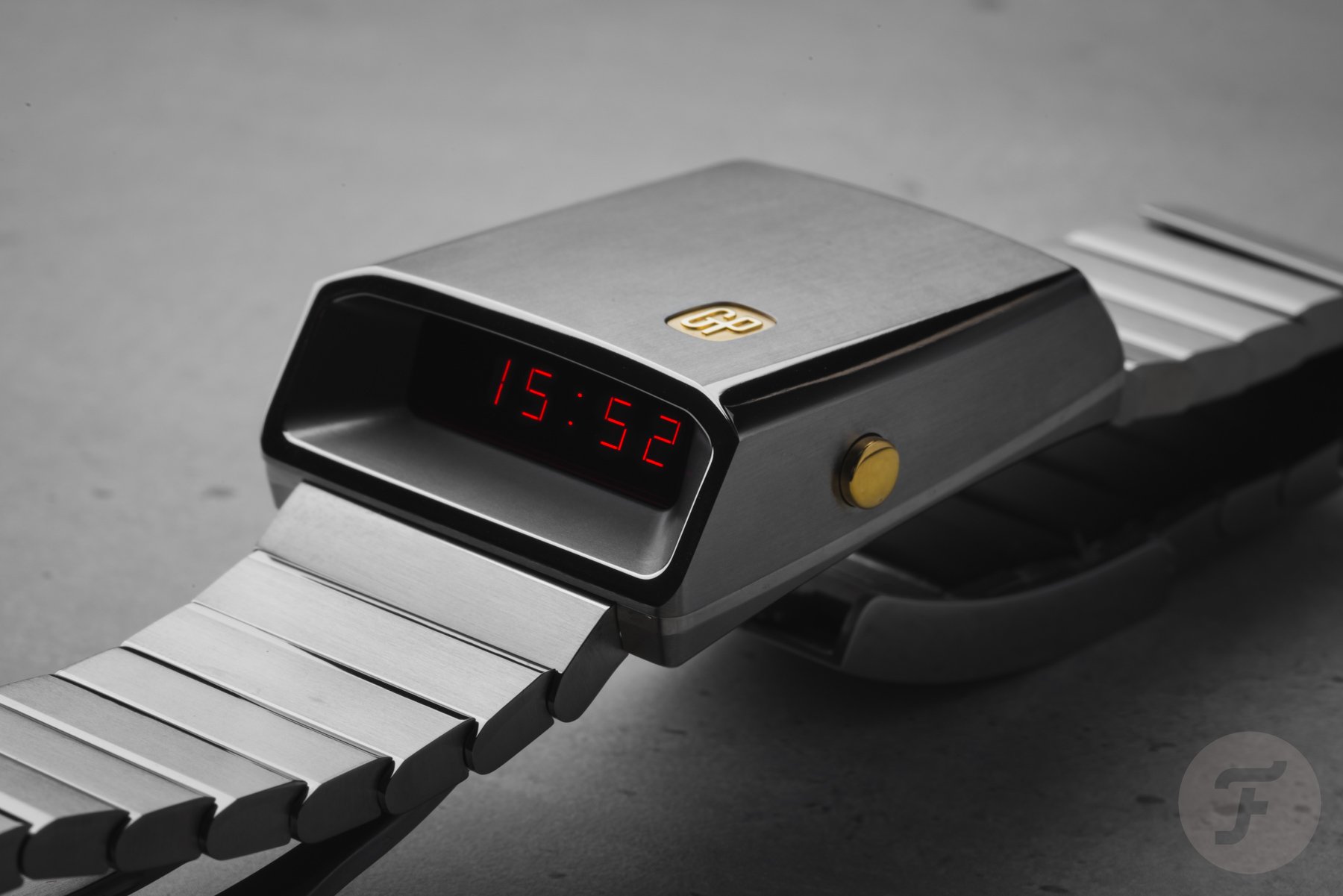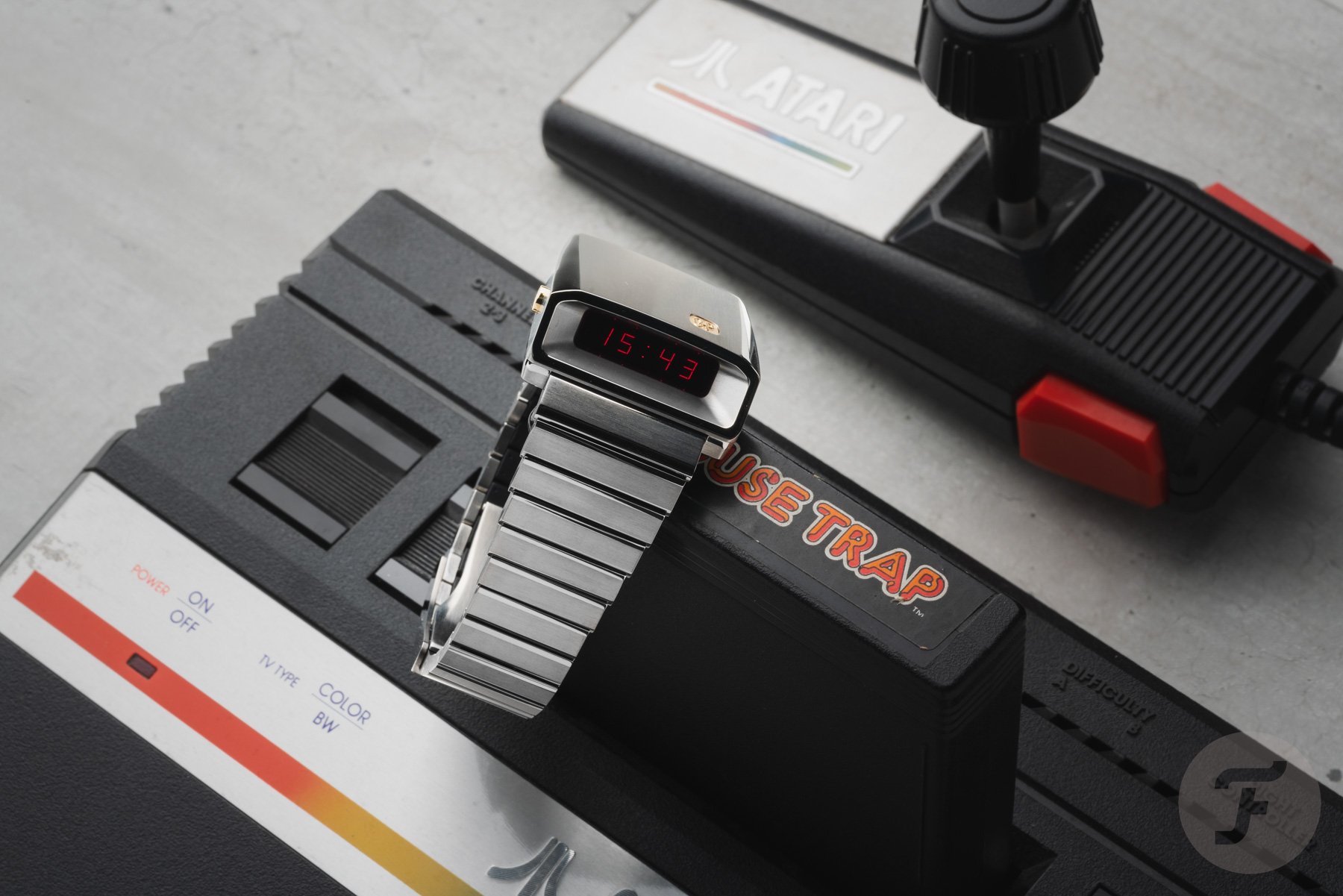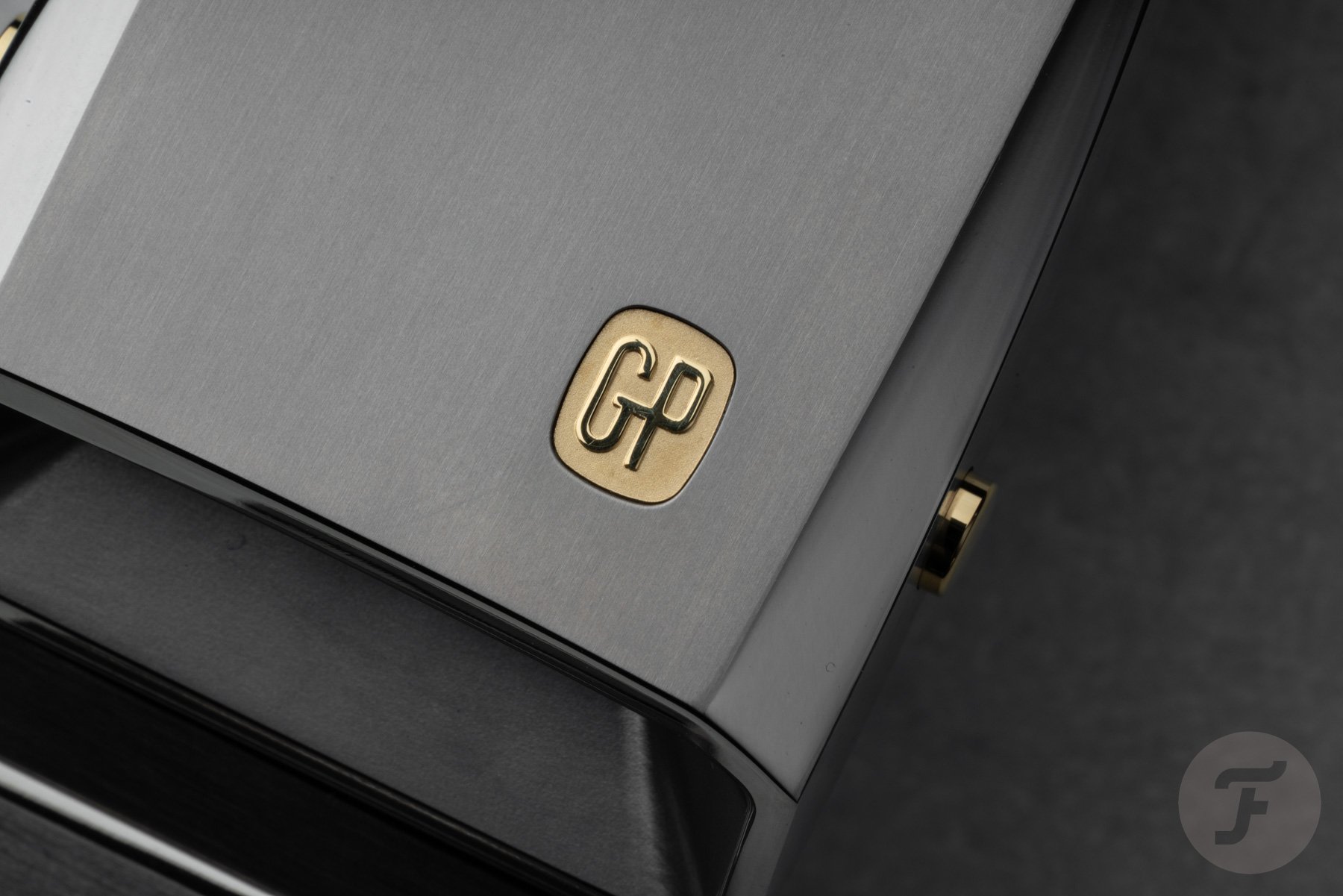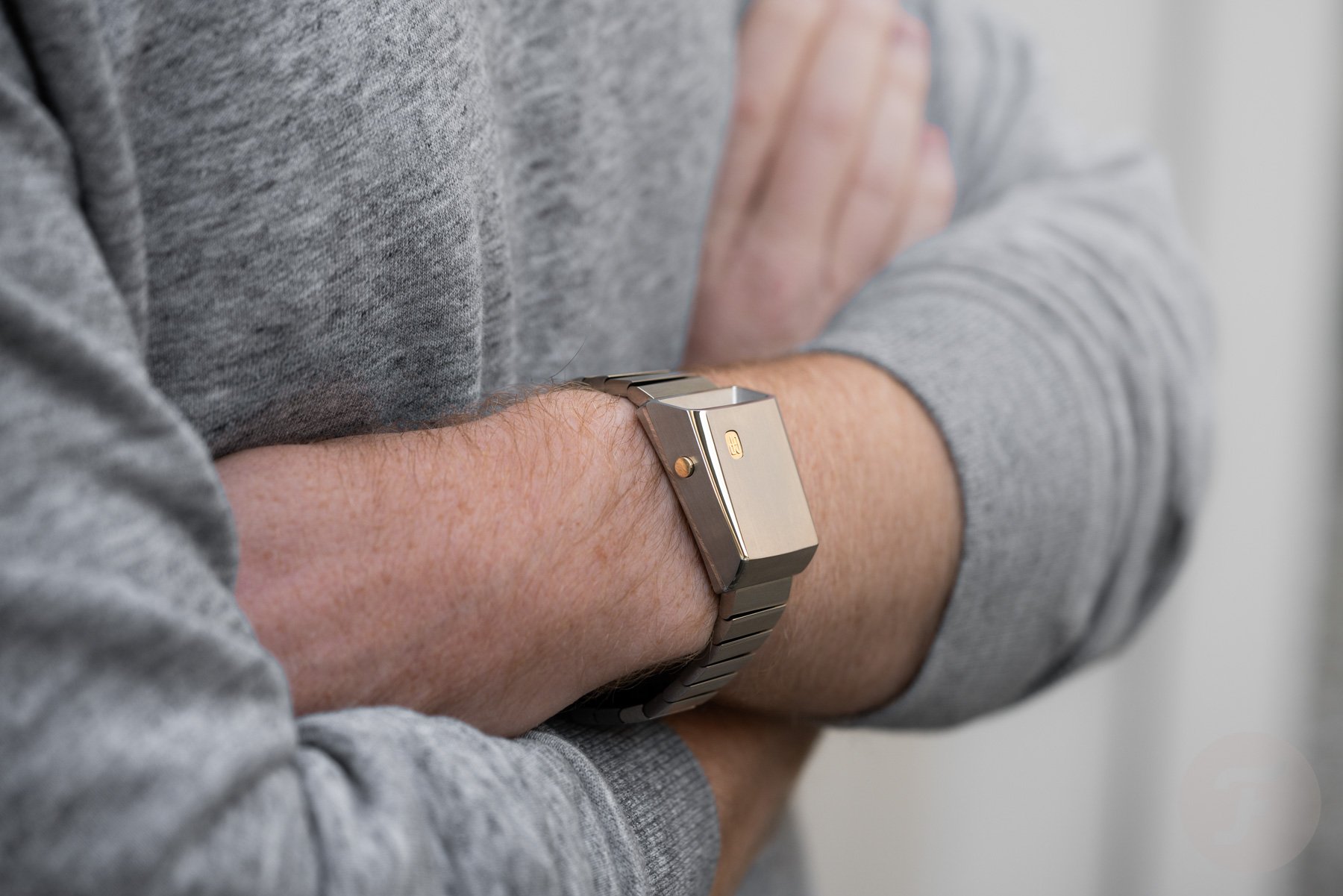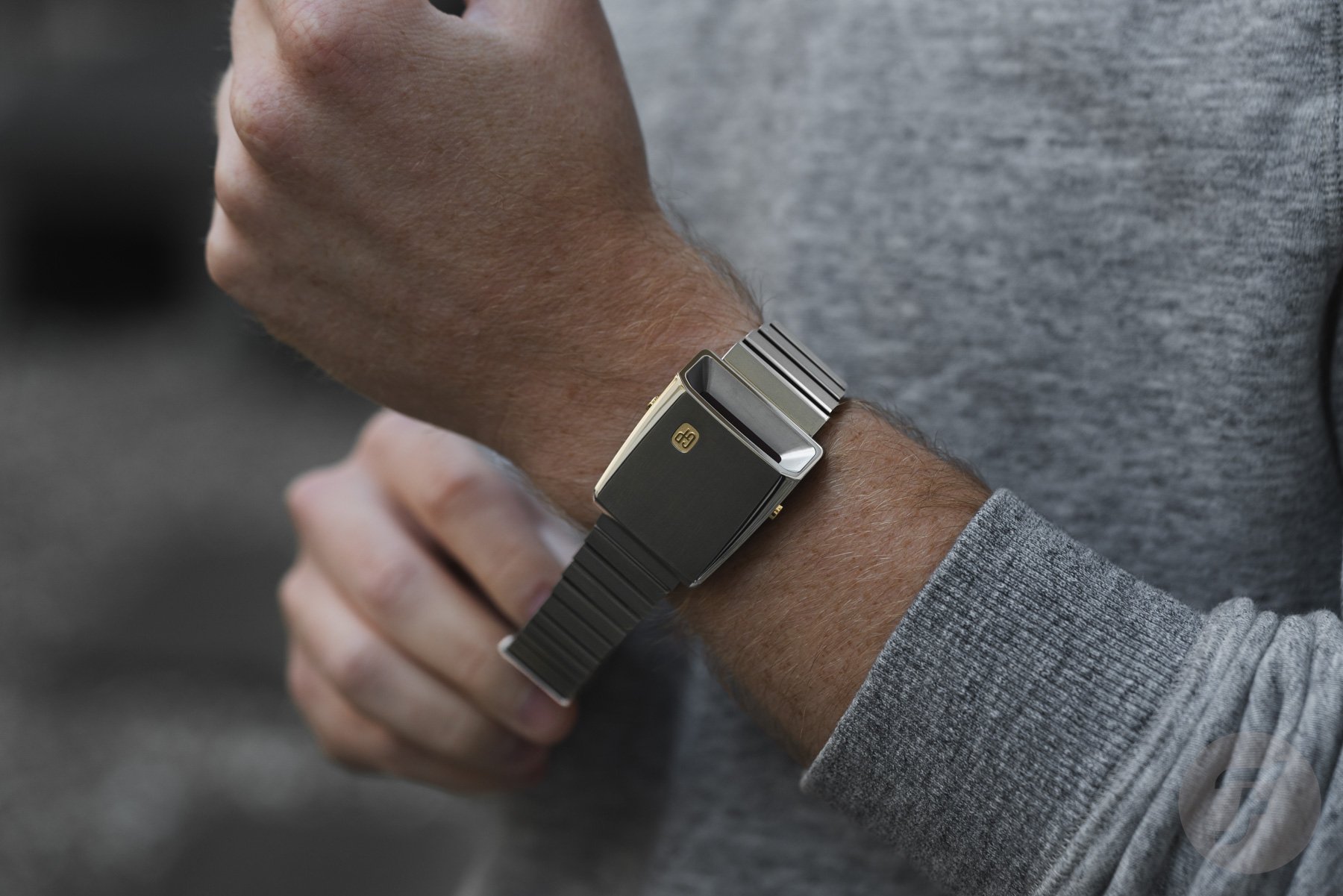Hands-On With The New Girard-Perregaux Casquette 2.0 Titanium And Gold
Today marks the return of a very special watch from the 1970s, the Girard-Perregaux Casquette. After successful prior reissues, we now get a version in titanium with accents in yellow gold. I got a chance to go hands-on with it to see what’s what.
Girard-Perregaux will produce only 820 of these, which is a mere 10% of the 1976 original’s production numbers. The new Casquette 2.0 costs CHF 4,750 and will be made available to current Girard-Perregaux owners first. If you own a GP watch, you can get priority access via the brand’s website until November 14th. The remaining watches will then go on sale in select boutiques for anyone to buy. It’s worth keeping in mind that this may well be the last chance for Casquette fans to get their hands on one, as the brand has stated that after this LE model sells out, no more will be produced.
Some history of the genre
The Girard-Perregaux Casquette (meaning “cap” in French) comes from an interesting niche within the watch world. The 1970s saw the emergence of quartz technology, which threatened traditional Swiss watchmaking. This led to heritage brands looking for ways to adapt to the changing landscape. The Casquette is a prime example of such an effort.
Girard-Perregaux adopted quartz movements as early as 1971 and became the first historic Swiss house to serially produce quartz watches. Then, as LED displays gained popularity, the two concepts were married. The brand first to bring them together was Hamilton with its Pulsar in 1972, which had a slightly more conventional upward-facing LED display.
GP introduced the original Casquette at the Basel Fair in 1976. It followed the “driver’s watch” style with its angled display. Bulova released its version, the Computron, that year as well. Interestingly, the Amida Digitrend, yet another similarly shaped watch, was also on display at the 1976 Basel Fair. The Digitrend housed a mechanical movement that displayed the time digitally. I think, then, that it is safe to say this style was all the rage during the second half of the ’70s.
The new Girard-Perregaux Casquette 2.0
Girard-Perregaux reissued the Casquette as a 2.0 model back in 2022 and followed it up with two more limited editions. Color-wise, today’s release is especially retro because it marries Grade 5 titanium and yellow gold. The latest Casquette 2.0 features a distinct case, measuring 33.6mm at its widest point, by 42.4mm in length. The thickest part of the watch, the display side, is 14.6mm thick. The crystal will be hard to scratch due to its recessed position but even more so because it is sapphire. GP rates the Casquette’s water resistance at 50 meters.
The retro logo on the top of the case is 18K yellow gold, and so are the pushers on either side of the case. These gold details add a little extra retro charm but are simultaneously subtle enough. I would not call this a two-tone watch anytime soon.
Inside, we find a backward-compatible module GP3980-1474. This compatibility is particularly great for owners of the original Casquette as Girard-Perregaux can drop in a new replacement module if the original one dies. The module features a red display that shows the time at the push of either of the pushers. It is also capable of displaying an additional time zone as well as the day, date, month, and year. Unlike the originals, you now get a chronograph function too. Lastly, you can set a “secret date.” This function allows you to flash an important date for 20 seconds at a specific time every day. Think of something personal, like a wedding day or a child’s birthday.
Wearing the new Girard-Perregaux Casquette 2.0
Wearing the Girard-Perregaux Casquette 2.0 is an experience unlike any other. Everything about it contrasts with what I am used to in watches, from the slanted display to the oddly shaped case and even the bracelet. The titanium bracelet features a rubber lining, making it uncannily soft and flexible. It reminds me somewhat of a ’90s Seiko Kinetic I once owned, which featured steel scales on a rubber bracelet, although the quality of this one is way better.
Once on the wrist, the Casquette 2.0 is as comfortable as its looks are jarring. The watch is light, and the aforementioned bracelet straps it down neatly and has plenty of flexibility. The small clasp is a particular highlight for me. You may know that large, bulky clasps are something of a pet peeve of mine. This one feels nice and vintage. It features micro-adjust, but you will need a tool.
Walking around with the Casquette 2.0 made me feel cool. It looks weird, but it is too nicely made to be gimmicky. It has a certain fanciness to it that I enjoy. My one gripe is the lack of an always-on setting for the display. It renders the driver’s shape somewhat useless because, while the watch may be perfectly angled, it still requires reaching over with your other hand to display the time. I am sure this is a matter of battery life, though, as it should have been easy enough to program in.
Closing thoughts
This watch makes me wonder why Girard-Perregaux does not add a regular-production model to its lineup. Hell, it even baffles me that they would choose not to continue making it after this model sells out. The Casquette is something of a brand hero that sets the house apart from many direct competitors. Additionally, the previous LEs all sold out quickly. I don’t expect many of the 820 to be left after existing GP clients get their chance over the coming two weeks.
This is one of those watches I love spotting on people’s wrists. It is a conversation starter. Most people shopping in this segment buy a Tudor or a preowned older Datejust. Don’t you think a Girard-Perregaux Casquette 2.0 is just way “swaggier”? Let us know in the comments below!

